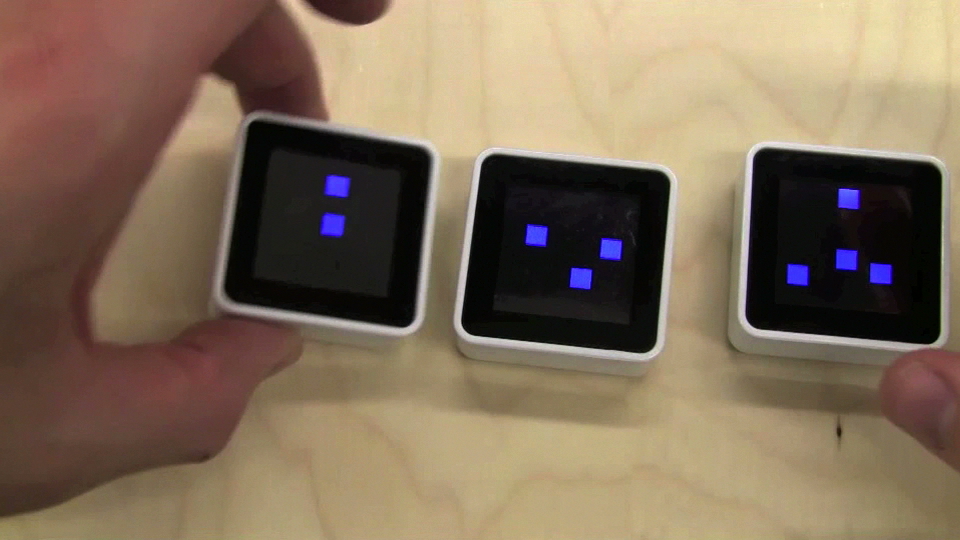Do you fiddle with stuff at your desk while working?
It could actually be that you aren’t wasting time. You might, in fact, be doing what it takes to get your brain working the way you need it to. That’s the working assumption behind a project at the NYU Game Innovation Lab, called Fidget Widgets.
The team behind the project believes that, by taking advantage of digital technology, fidgeting can become even more effective at activating the mind.
The team has already come up with some ideas around digital play (see below), but they say they still need to get more tactile. In order to do that, they’re seeking input from existing fidgeters: They want to see how and what people play with.
The team is collecting this input via Tumblr. “Upload a photo or video of the doohickey you fiddle with as you work,” the team writes.
Submit your widget — it's for science, peopleMike Karlesky is a grad student working on the project. He told us about how the team is moving its work in a more tactile direction. The plan is to take as much data as possible from the Tumblr submissions and then construct something that uses a combination of sensors and computing power to react to how a given doohickey is manipulated. Karlesky told us via email:
The reaction could be changes in sounds or colors experienced through an existing desktop digital device. Alternatively, the widgets could include small actuators or reactive materials that change their shape or affect other properties in response to how they are manipulated. This sort of interactivity could also be extended such that the widgets react to what a user is working on. Perhaps the content of spreadsheet affects the behavior of a widget such that a users could quite literally play—albeit in limited ways—with certain ideas they are working on.
Karlesky is a Michigan native currently living in Prospect Park South. Prior to his graduate studies, he worked as a computer engineer.
The NYU team’s research arises from a paper accepted to last February’s 8th International Conference on Tangible, Embedded and Embodied Interaction and another for last year’s Human Factors in Computing Systems conference.
Karlesky coauthored both papers with Kathryn Isbister, who we previously spoke with here.
Take a look at some of the project’s initial prototypes in action, using Sifteo cubes:







